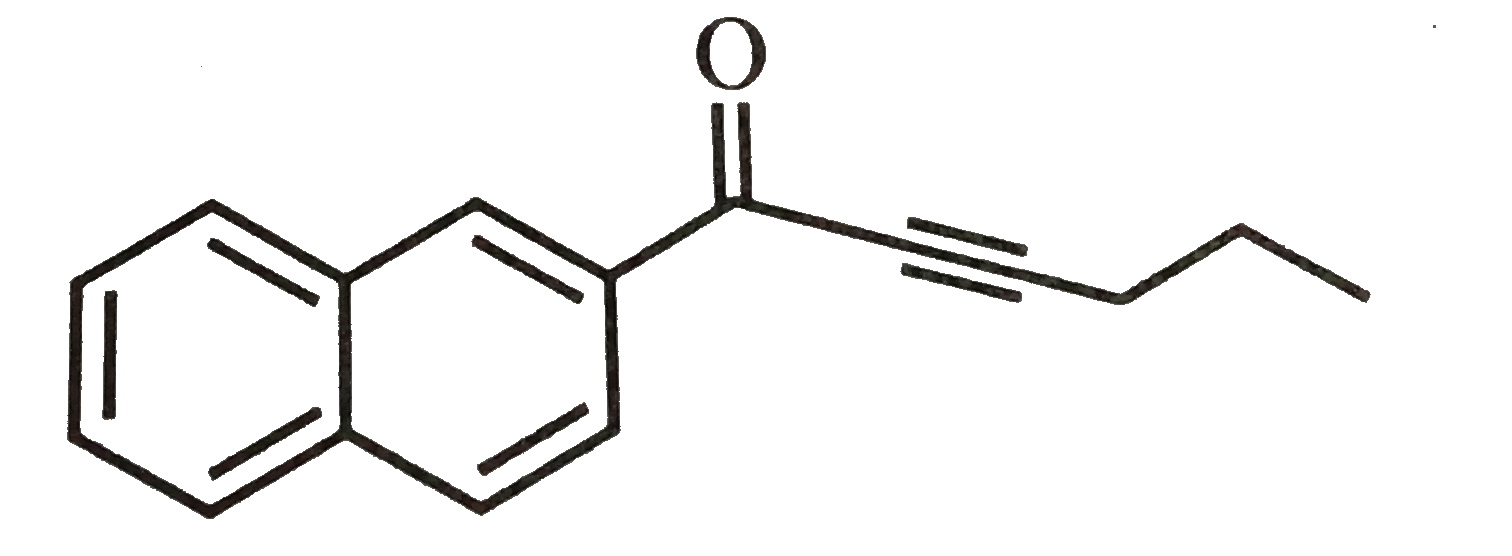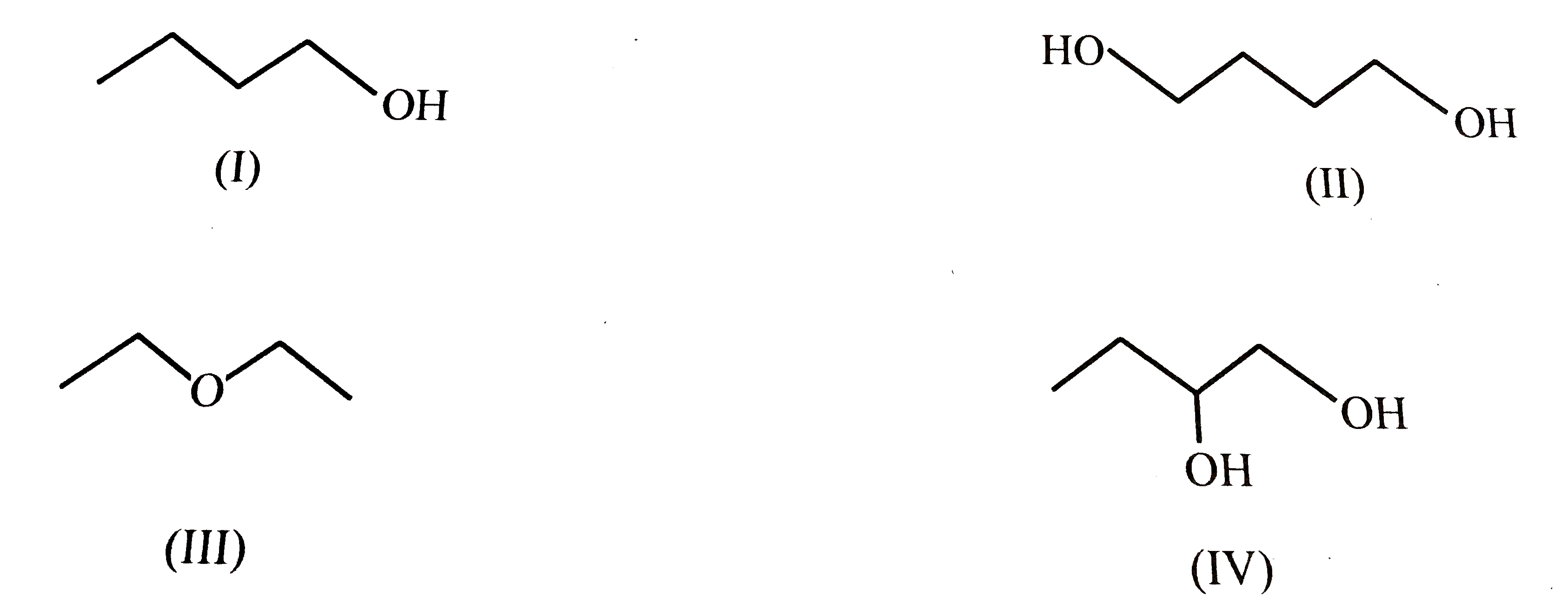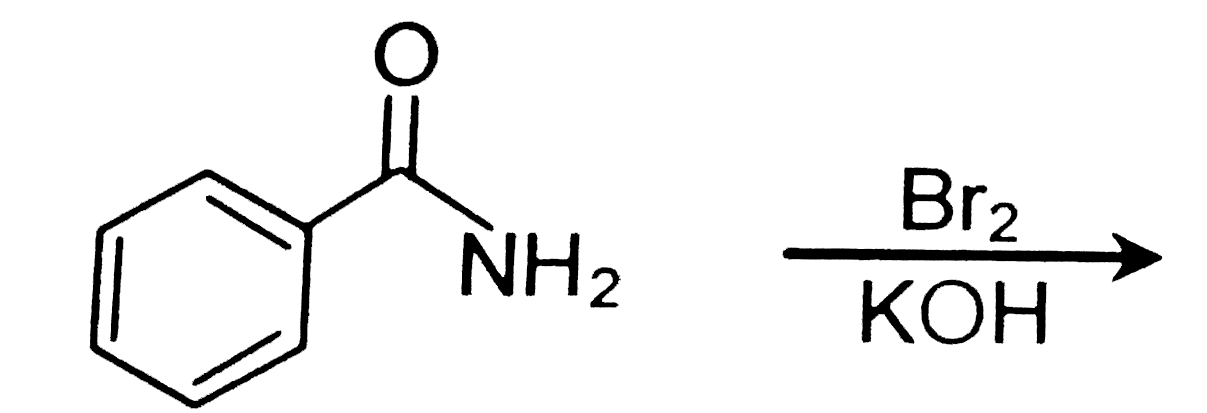Complete Solutions to Part 1 Chemistry of chapter KVPY of Class 12 book with complete answers and questions
| Class 12 | CHEMISTRY |
| Chapter | KVPY |
| KVPY | Part 1 Chemistry |
| Number Of Questions | 45 |
| Academic Year | 2023-24 |
The number of water molecules in 250 mL of water is closest to
[Given: Density of water is `1.0g" "mL^(-1)`, Acogadro's number `=6.023xx10^(23)`]01:16View SolutionAmong the following, the correct statements is
02:08View SolutionThe solubility of `BaSO_(4)` in pure water (in g `L^(-1)`) is closest to
[Given: `K_(sp)" for "BaSO_(4)" is " 1.0xx10^(-10)" at "25^(@)C`. Molecular weight of `BaSO_(4)" is "233g mol^(-1)`]01:25View SolutionAmong the following, the INCORRECT statement is
01:11View SolutionA container of volume 2.24 L can withstand a maximum pressure of 2 atm K before exploding. The maximum amount of nitrogen (in g) that can be safely put in this container at this temperature is closest to
02:50View SolutionThe compound shows below

can be readily prepared by Friedel-Crafts reaction between07:06View SolutionThe correct statement about the following compound

is03:50View SolutionThe most acidic proton and the strongent nucleophilic nitrogen in the following compound

respectively are03:21View SolutionThe chlorine atom of the following compound

that reacts most readily with `AgNO_(3)` to give a precipitate is02:10View SolutionAmong the following sets, the most stable ionic species are
06:17View SolutionThe correct order of energy of 2s orbitals in H,Li,Na and K, is
00:54View SolutionThe hybridisation of xenon atom `XeF_(4)` is
01:08View SolutionThe formal oxidation of Cr and Cl in the ions `Cr_(2)O_(7)^(2-)" and "ClO_(3)^(-),` respectively, are
01:07View SolutionA filter paper soaked in salt X turns brown when exposed to `HNO_(3)` vapour. The salt X is
01:28View SolutionThe role of haemoglobin is to
00:46View SolutionConsider the following statements :
(I)n All isotopes of an elements have the same number of neutrons.
(II) only one isotope of an element can be stable and non-radioactive.
(III) All elements have isotopes
(IV) All isotopes of Carbon can form chemical compounds with Oxygen - 1603:04View SolutionThe isoelectronic pairs is :
02:41View SolutionThe numbers of lone pair and bond pairs in hydrazine are, respectively :
02:21View SolutionThe volume of oxygen at STP required to burn 2.4 g of carbon completely is :
01:56View SolutionThe species that exhibits the highest `R_(f)` valume in a thin layer chromatogram using a nonpolar solvent on a silica gel plate is :
06:29View SolutionThe number of C - C sigma bonds in the compound
 01:34View Solution
01:34View SolutionIf the radius of the drogen atom is 53 pm, the radius of the `He^(+)` ion is closest to :
02:09View SolutionThe diamagenetic species is :
03:39View SolutionThe pH of 1.0 aqueous solution of `NaCL,CH_(3)COONa" and "NH_(4)Cl` will follow the order :
04:04View SolutionAt room themperature, the average speed of Helium is Helium is higher than of Oxygen by a factor of :
02:28View SolutionAmmonia is NOT produced in the reaction of :
02:35View SolutionThe number of isomers which are ethers and having the molecular formula `C_(4)H_(10)O,` is :
02:41View SolutionThe major product of the reaction of 2-butene with cold alkaline `KMnO_(4)`, is
00:54View SolutionAmong the compound I-IV, the compound having the lowest boining point is :
 01:27View Solution
01:27View SolutionOf the following reactions
(i) `ArArrB, DeltaG^(@)=250kjmol^(-1)`
(ii)`DrArrE, DeltaG^(2)= -100kjmol^(-1)`
(iii) `frArrG, Delta^(@)=-150kjmol^(-1)`
(iv) `MrArr N, DeltaG^(@)=150kjmol^(-1)`
reaction with the largest equilibrium constant is01:52View SolutionThe IUPAC name for the following compound is
 01:11View Solution
01:11View SolutionThe stability of carbocations
`underset(I)underset()((CH_(3))_(3)C^(oplus))" "underset(II)underset()((CH_(3))_(2)overset(oplus)C(OCH_(3)))" "underset(III)underset()(CH_(3)CH_(2)CH_(2)overset(oplus)CH_(2))" "underset(IV)underset()(CH_(3)overset(oplus)CHCH_(2)CH_(3))`
follows the order04:32View SolutionThe acidity of compounds I-IV in water
I. Ethanol
II. Acetic Acid
III. Phenol
IV. Acetonitrile follows the order05:31View SolutionIn the following reaction
 02:08View Solution
02:08View SolutionThe reddish brown precipitate formed in the Fehling test for aldehydes (RCHO) is due to the formation of
01:43View SolutionThe reducing ability of the metals K, Au, Zn and Pb follows the order
02:50View SolutionWhite phosphorous catches fire in air to produce dense white fumes. This is due to the formation of
01:35View SolutionThe maximum number of electrons that can be filled in the shell with the principal quantum number n = 4 is
01:45View SolutionAt a constant pressure P, the plot of volume (V) as a function of temperature (T) for 2 moles of an ideal gas gives a straight line with a slope 0.328 L `K^(-1)`. The value of P (in atm) is closest to [Gas constant, R = 0.0821 L atm `mol^(-1)" "K^(-1)`]
03:21View SolutionWhich of the following transformations can be carried out by using HI as a reducing agent, under acidic conditions ?
`["Given: " I_(2)(S)rarr2I^(-)E^(theta)=0.54" V"]`
(i) `Cu^(+)rarrCu(S)" "E^(theta)=0.52" V"`
(ii) `Cr^(3+)rarrCr^(2+)" "E^(theta)=-0.41" V"`
(iii) `Fe^(3+)rarrFe^(2+)" "E^(theta)=-0.77" V"`
(iv) `Fe^(2+)rarrFe(s)" "E^(theta)=-0.44" V"`01:05View Solution`C_(60)` emerging from a source at a speed (v) has a de Broglie wavelength of 11.0 Ã…. The value of v (in m `s^(-1)`) is closest to [Plancks constant `h= 6.626xx10^(-34)` J s]
View SolutionThe lattice energies of NaCl, NaF, KCl and RbCl follow the order
04:05View SolutionThe oxidation states of P atom in `POCl_(3),H_(2)PO_(3)" and "H_(4)P_(2)O_(6),` respectively, are
01:56View SolutionA solution (5 mL) of an acid X is completely neutralized by y mL of 1M NaOH. The same volume (y ML) of 1M NaOH is required to neutralize 10 mL of 0.6 M of `H_(2)SO_(4)` completely. The normality (N) of the acid X is
07:32View Solution1.25 g of a metal (M) reacts with oxygen completely to produce 1.68 g of metal oxide. The empirical formula of the metal oxide is
[molar mass of M and O are 69.7 g `mol^(-1)" and 16.0 g "mol^(-1)`, respectively]01:12View Solution
Part 1 Chemistry questions and complete solutions for chapter KVPY of KVPY PREVIOUS YEAR of Class 12
